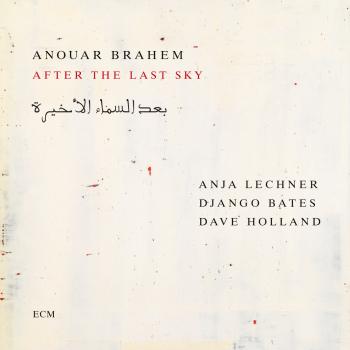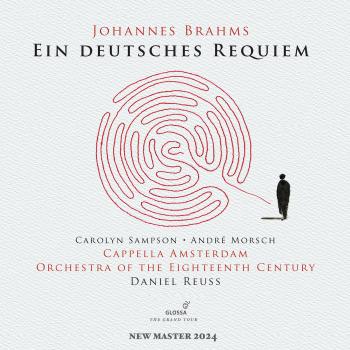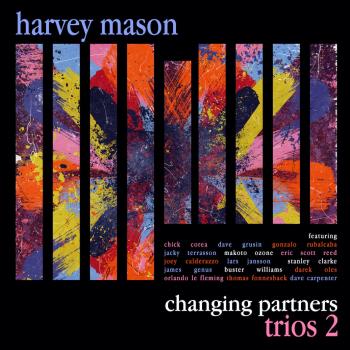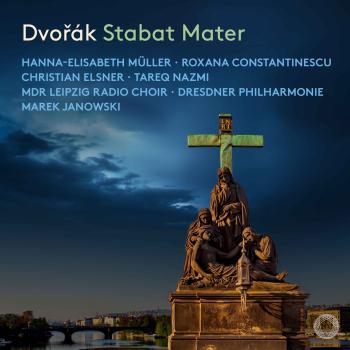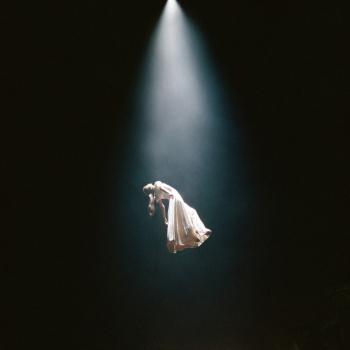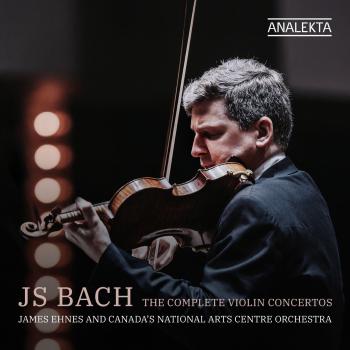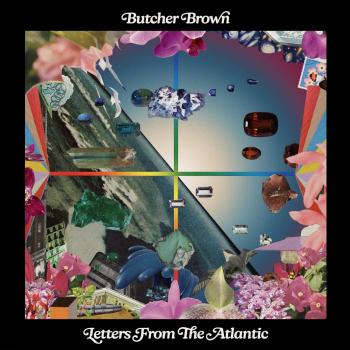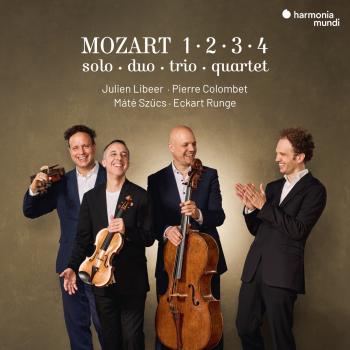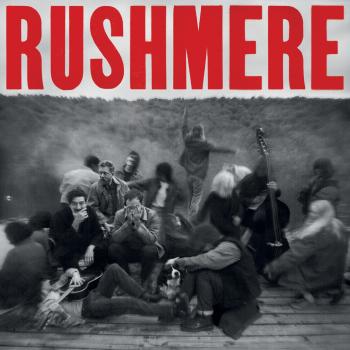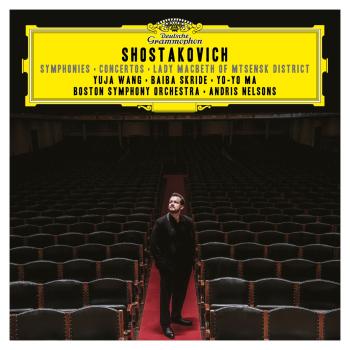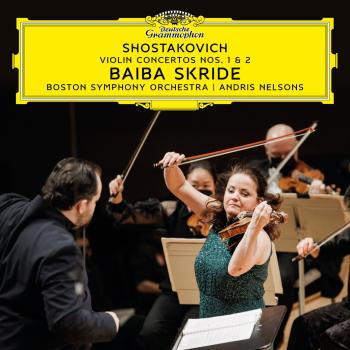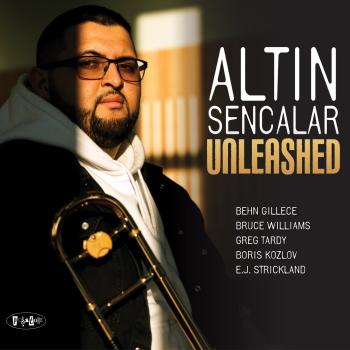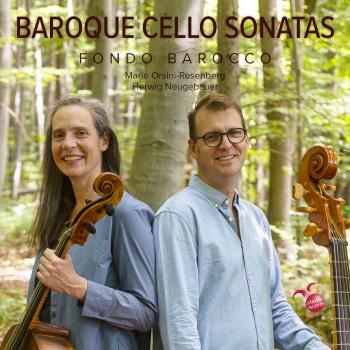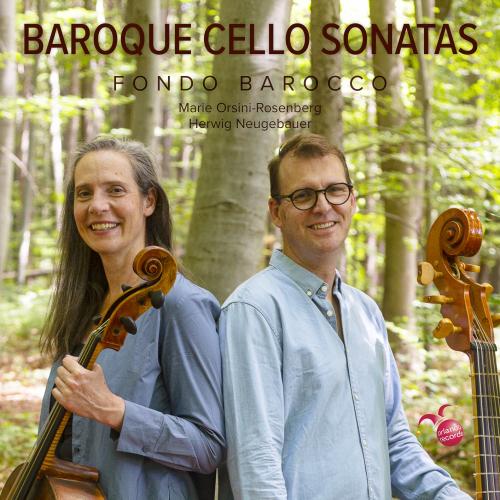
Fondo Barocco: Baroque Cello Sonatas Fondo Barocco, Marie Orsini-Rosenberg & Herwig Neugebauer
Album info
Album-Release:
2021
HRA-Release:
20.02.2022
Label: Austrian Gramophone
Genre: Classical
Subgenre: Chamber Music
Artist: Fondo Barocco, Marie Orsini-Rosenberg & Herwig Neugebauer
Composer: Antonio Caldara (1670–1736), Giuseppe Sammartini (1695–1750), Wenceslaus Spourni (1700–1754), Giovanni Bononcini (1670–1747)
Album including Album cover
- Giovanni Bononcini (1670 – 1747), Wenceslaus Spourni (1700 - 1754), Giuseppe Sammartini (1695 - 1750), Antonio Caldara (1670 - 1736): Sonata IV in D Minor (1735) for Violoncello and Basso Continuo:
- 1 Bononcini, Spourni, Sammartini, Caldara: Sonata IV in D Minor (1735) for Violoncello and Basso Continuo: I. Allegro 02:25
- 2 Bononcini, Spourni, Sammartini, Caldara: Sonata IV in D Minor (1735) for Violoncello and Basso Continuo: II. Largo 04:08
- 3 Bononcini, Spourni, Sammartini, Caldara: Sonata IV in D Minor (1735) for Violoncello and Basso Continuo: III. Allegro Assai 03:53
- Sonata III in A Minor for Violoncello and Basso Continuo:
- 4 Bononcini, Spourni, Sammartini, Caldara: Sonata III in A Minor for Violoncello and Basso Continuo: I. Andante 03:54
- 5 Bononcini, Spourni, Sammartini, Caldara: Sonata III in A Minor for Violoncello and Basso Continuo: II. Allegro 03:07
- 6 Bononcini, Spourni, Sammartini, Caldara: Sonata III in A Minor for Violoncello and Basso Continuo: III. Minuet Allegro 02:30
- Sonata V in F Major for Violoncello and Basso Continuo:
- 7 Bononcini, Spourni, Sammartini, Caldara: Sonata V in F Major for Violoncello and Basso Continuo: I. Largo 01:51
- 8 Bononcini, Spourni, Sammartini, Caldara: Sonata V in F Major for Violoncello and Basso Continuo: II. Allegro 03:17
- 9 Bononcini, Spourni, Sammartini, Caldara: Sonata V in F Major for Violoncello and Basso Continuo: III. Grave 03:02
- 10 Bononcini, Spourni, Sammartini, Caldara: Sonata V in F Major for Violoncello and Basso Continuo: IV. Tempo Di Men(Uet) Alternativement 03:27
- Sonata XIV in A Minor (1735) for Violoncello and Basso Continuo:
- 11 Bononcini, Spourni, Sammartini, Caldara: Sonata XIV in A Minor (1735) for Violoncello and Basso Continuo: I. Largo 02:52
- 12 Bononcini, Spourni, Sammartini, Caldara: Sonata XIV in A Minor (1735) for Violoncello and Basso Continuo: II. Allegro 02:35
- 13 Bononcini, Spourni, Sammartini, Caldara: Sonata XIV in A Minor (1735) for Violoncello and Basso Continuo: III. Aria Larghetto 03:24
- 14 Bononcini, Spourni, Sammartini, Caldara: Sonata XIV in A Minor (1735) for Violoncello and Basso Continuo: IV. Allegro E Spiritoso 02:47
- Sonata I in A Minor for Violoncello and Basso Continuo:
- 15 Bononcini, Spourni, Sammartini, Caldara: Sonata I in A Minor for Violoncello and Basso Continuo: I. Andante 03:38
- 16 Bononcini, Spourni, Sammartini, Caldara: Sonata I in A Minor for Violoncello and Basso Continuo: II. Allegro 01:24
- 17 Bononcini, Spourni, Sammartini, Caldara: Sonata I in A Minor for Violoncello and Basso Continuo: III. Grazioso Minuet 03:42
- Sonata II in D Major (1735) for Violoncello and Basso Continuo:
- 18 Bononcini, Spourni, Sammartini, Caldara: Sonata II in D Major (1735) for Violoncello and Basso Continuo: I. Allegro 05:30
- 19 Bononcini, Spourni, Sammartini, Caldara: Sonata II in D Major (1735) for Violoncello and Basso Continuo: II. Largo 04:47
- 20 Bononcini, Spourni, Sammartini, Caldara: Sonata II in D Major (1735) for Violoncello and Basso Continuo: III. Allegro 02:20
Info for Fondo Barocco: Baroque Cello Sonatas
Starting in Italy in the middle of the 17th century, the cello enjoyed increasing popularity throughout Europe. The instrument experienced its first heyday in the first half of the 18th century. At that time it had just established itself as a solo instrument, and consequently music was enthusiastically written for it. A number of gifted composers of this time were cellists themselves, three of them are presented in the present album; the fourth of our composers was an oboist.
In the Baroque era it was quite common to be a successful instrumentalist and at the same time to compose professionally. For this album we have selected artists and pieces who, despite their virtuosity, melodic brilliance and fame during their lifetime, are more of an insider tip.
Six Solos for two cellos composed by Sig.r Bononcini and other eminent Authors is the title of the volume published by John Simpson from 1748, in which the sonatas by Bononcini, Sammartini and Spourni can be found. Bononcini was the most famous of them and was there- fore highlighted for commercial reasons.
The three sonatas by Antonio Caldara come from the collection of Count Rudolf Franz Erwein von Schönborn-Wiesentheid. They are among the 16 sonatas that Caldara composed in 1735 and all of which the Count added to his collection. The title of the volume in the Count’s hand- writing is: Sedici Sonate a Violoncello Solo, col Basso Continuo del Sigr Antonio Caldara 1735. Caldara’s sonatas are virtuoso and technically demanding, after all, Count von Wiesentheid was a fine cellist.
All of the sonatas we have selected are particularly imaginative, with changing affects. Their form is different, partly in the four-movement scheme of the traditional Sonata da chiesa, slow-fast-slow-fast, partly in the freer form of the Sonata da camera, which developed in Italy in the 17th century and which also includes dance movements.
The slow movements appear elegiac and indulgent, the fast movements are virtuoso but also characterized by cantilenas. The bass voice not only fulfills a harmonic function here; she imitates and vividly comments on the solo part.
Marie Orsini-Rosenberg, baroque violoncello
Herwig Neugebauer, G-violon
Marie Orsini-Rosenberg
Marie studied cello with Heidi Litschauer at the Mozarteum in Salzburg and with Valentin Erben at the University for Music in Vienna. Since 1986 she has performed extensively as a Baroque cellist and participated in masterclasses with Christoph Coin and Jaap ter Linden. She also plays with various baroque ensembles, including the Bach Consort Vienna and Wiener Akademie. Operatic projects with Ensemble Concertino Amarilli included Francesco Gasparini’s “L´ Oracolo del Fato” in 2010 and Johann Joseph Fux’s “Orfeo ed Euridice” in 2012. Marie recorded „Amor hai vinto“ and G.Sammartini’s Oboe sonatas for Gramola in 2009 and 2012 respectively.
Tours with various baroque ensembles have taken her to Japan, Kuba, Argentinia and a number of European Countries. Her interest in improvised music led to a two-year improvisation course for stringed instruments at the A.Bruckner University in Linz.
Herwig Neugebauer
studied in Graz before moving to Vienna where he studied with Andrew Ackerman and graduated with distinction. Due to his intensive engagement in 17th century music he started also playing the G-Violone which is the “little brother” of the Violone.
The focus of his work is baroque continuo playing and chamber music of 18th and 19th century. He also likes to play contemporary and improvised music.
He performs with various ensembles such as Wiener Akademie, Barucco, Capella Leopoldina, New Classic Ensemble Vienna, Scaramouche Ensemble and participates also in projects which combine Jazz and free improvised music.
This album contains no booklet.

